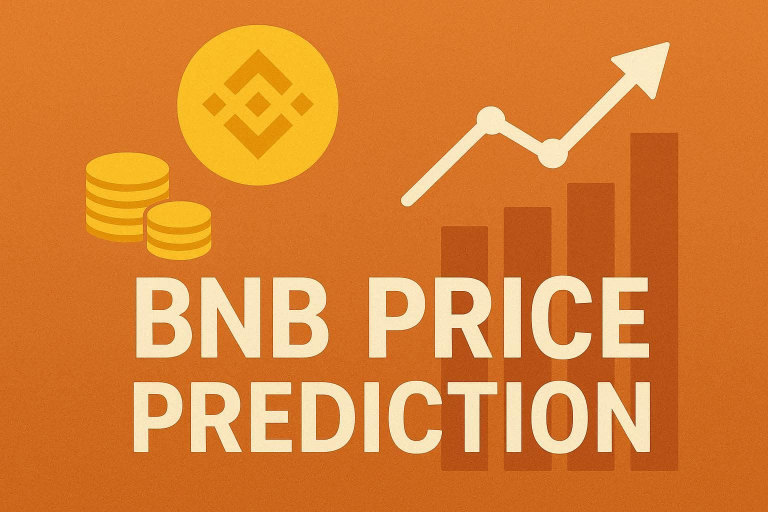
The Evolution of E-commerce by 2025: Trends and Innovations
Introduction to E-commerce Evolution
The Evolution of E-commerce by 2025 has been a topic of interest for many retailers and online businesses. The e-commerce industry has experienced rapid growth over the past decade, with the global online market expected to reach $6.5 trillion by 2023. This growth can be attributed to the increasing number of internet users, advancements in technology, and the convenience of online shopping.
The focus keyword E-commerce Evolution will be crucial in understanding the trends and innovations that will shape the industry in the next few years. As we approach 2025, it is essential to analyze the current state of e-commerce and predict the future trends and innovations that will drive the industry forward.
Current State of E-commerce
The current state of e-commerce is characterized by the dominance of online marketplaces such as Amazon, Alibaba, and eBay. These platforms have made it easy for consumers to find and purchase products from anywhere in the world. The rise of social media has also played a significant role in e-commerce, with many businesses using platforms like Instagram and Facebook to reach their target audience.
Mobile commerce has also become a significant contributor to the growth of e-commerce, with more and more consumers using their smartphones to make online purchases. The use of artificial intelligence, machine learning, and data analytics has also become more prevalent in e-commerce, enabling businesses to personalize their marketing efforts and improve the overall customer experience.
Future Trends and Innovations in E-commerce
As we look to the future of e-commerce by 2025, there are several trends and innovations that are expected to shape the industry. Some of these trends include:
- Personalization: With the help of AI and machine learning, businesses will be able to offer more personalized experiences to their customers, including tailored product recommendations and marketing messages.
- Mobile Payments: Mobile payments are expected to become more widespread, with the use of digital wallets and contactless payments becoming more common.
- Social Commerce: Social media platforms will continue to play a significant role in e-commerce, with more businesses using these platforms to reach their target audience and drive sales.
- Augmented Reality: Augmented reality (AR) is expected to become more prevalent in e-commerce, enabling customers to try out products virtually before making a purchase.
- Sustainability: With the growing concern about climate change and environmental sustainability, e-commerce businesses will need to prioritize sustainability in their operations and supply chain management.
Conclusion
In conclusion, the evolution of e-commerce by 2025 will be shaped by several trends and innovations, including personalization, mobile payments, social commerce, augmented reality, and sustainability. As the industry continues to grow and evolve, it is essential for businesses to stay ahead of the curve and adapt to these changes to remain competitive.
The future of e-commerce looks promising, with new technologies and innovations emerging all the time. As we approach 2025, it will be exciting to see how the industry continues to evolve and shape the way we shop online.




